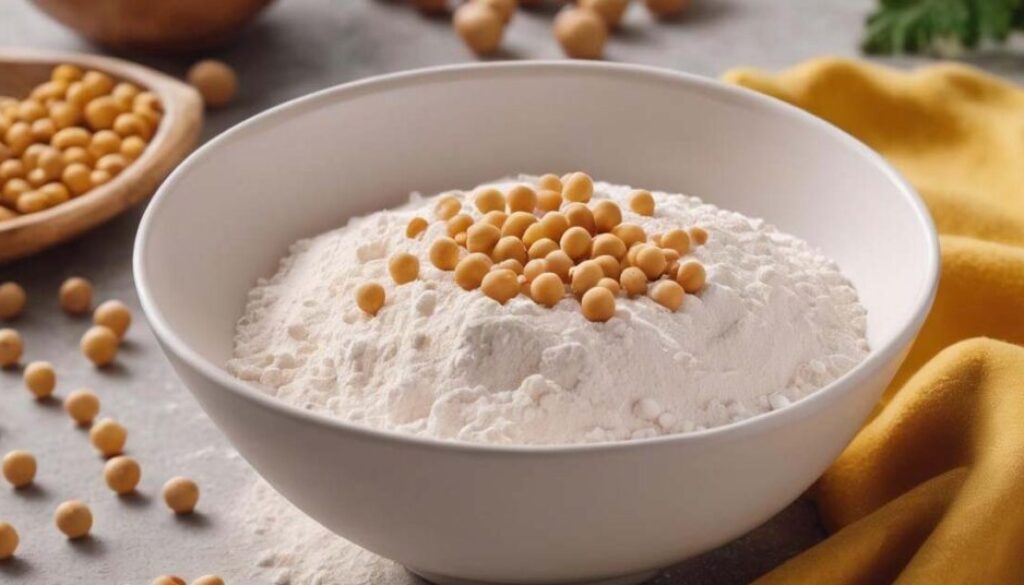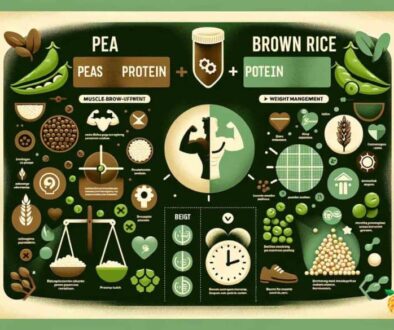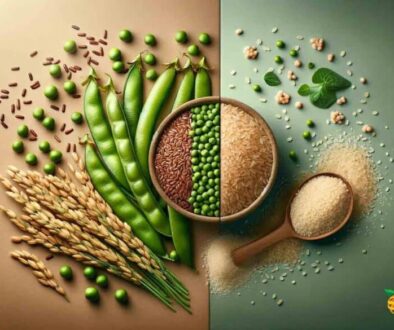Unraveling the Secrets of Pea Protein Modification
Overcoming Pea Protein Challenges
Pea protein has some inherent limitations that restrict its use in the food industry. Recent studies have investigated various strategies to overcome these challenges. The ways of Pea protein modification include chemical alterations, physical techniques, and enzymatic modifications, all aiming to broaden its application in food formulations by altering its natural structure.
Chemical Modifications: A Traditional Approach
One of the most prevalent methods to enhance the functional characteristics of pea protein is chemical modification. Among all chemical interventions, the coexistence and conjugation of pea protein with polysaccharides stand out as both conventional and straightforward approaches. Research has delved into the functional properties of pea protein-polysaccharide complexes, such as those with high methoxyl pectin, apple pectin, beet pectin, and modified pectin. The results show that the presence of polysaccharides shifts the minimum solubility pH of pea protein towards a more acidic range. Additionally, studies indicate that pea proteins modified at alkaline pH values are more effective in preventing oil droplet aggregation in O/W emulsions compared to the original pea protein. Moreover, phosphorylation emerges as an economical and efficient protein modification method.
The Emergence of Physical Techniques
Physical methods to improve pea protein’s functionality are gaining traction. While some studies suggest that thermally treated pea proteins didn’t outperform their untreated counterparts, thermally modified pea proteins displayed enhanced emulsion stability. Furthermore, heat treatment boosts pea protein’s emulsifying capability at pH 7.0 but reduces its foaming ability. Researchers have also evaluated the combined effects of thermal and shear treatments on protein solubility. This dual approach led to a noticeable decrease in protein solubility, but remarkably, resulted in higher protein solubility compared to just heat treatment. In addition to thermal treatments, ultrasound procedures can transform protein structures, enhancing their hydrophilicity. Excitingly, cold plasma treatment has been found to significantly increase pea protein solubility.
Enzymatic Modifications: The Green Method
Enzymatic modification methods, in comparison to chemical and physical methods, are more eco-friendly and effective, earning them consumer appreciation. For pea proteins, enzyme-catalyzed crosslinking can significantly bolster their gelling and emulsifying properties. Enzymatic hydrolysis can enhance solubility, emulsification, and foaming capabilities. Enzymatic hydrolysis generally reduces molecular weight, increases the count of ionizable groups, and exposes hydrophobic groups hidden within the protein core. This technique holds potential in enhancing protein hydrophobicity, solubility, emulsification, and foaming capabilities. Several researchers have leveraged this modification method to effectively increase pea protein solubility across different pH levels, noting an overall trend of improved emulsification and foaming capabilities. However, enzyme hydrolysis treatment hasn’t had a positive impact on pea protein’s gelling properties. In essence, limited enzyme hydrolysis emerges as an appropriate method to achieve desired functional characteristics.
In Conclusion
This article highlights the various modifications made to pea protein to enhance its functionality. For further insights and information, feel free to reach out to the ETprotein team.












